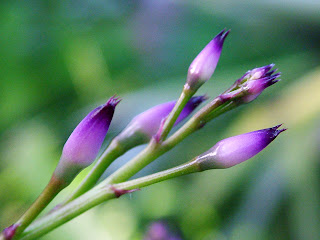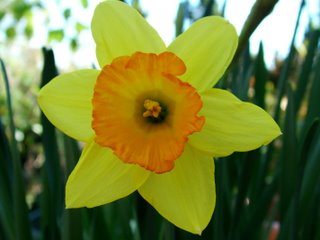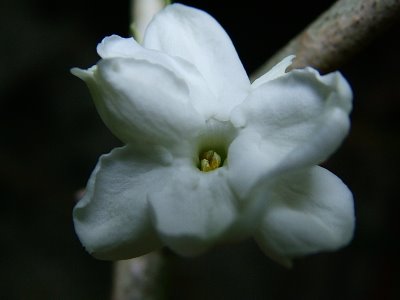
Ha, ha! The title was our little holiday joke. No, of course, these are not poinsettias. These are flowers from a floribunda rose called "Paul Ecke, Jr." However, there is a poinsettia connection.
Paul Ecke, Sr. was the guy who first got the notion, back in the 1920s, to cultivate and hybridize a wild, winter-blooming plant from Mexico. Paul Ecke, Jr. later took over the family business and got the notion to market the plant in association with the Christmas holiday. The Paul Ecke Ranch is still the primary producer of poinsettias. More information on the history of their operation is available on the Ranch's web site.
Back to the little floribunda: the scentless flowers are striking in that the centers are a glowing orange-red color which darkens to red at the edges of the petals. This specimen is a bit leggy, but we hope to correct that when we begin pruning next month.
Reminder: bareroot season is upon us and, depending on your local weather conditions, pruning season is imminent.
Good gardening to all, and to all a good night!

P.S. to Gene: Our garden is a damned jungle, which is why we never post wide angle shots. ;-)




















